Unionization election will occur via mail ballot on June 3

A note to our readers: due to the volume of responses we have received to our recent news coverage, The Mac Weekly will be accepting and publishing letters and op-eds online until Tuesday, May 13. Please send submission to macweekly [at] macalester.edu
Macalester College is officially opposed to a union of its adjunct faculty. Last Friday, May 2, tenured and tenure-track faculty received a memo from President Brian Rosenberg and Provost Kathy Murray stating Macalester’s opposition to unionization efforts by the college’s contingent faculty–those who are not eligible for tenure. The memo also provided instructions for appropriate conduct by faculty during the union election process.
The memo notes that the effort to unionize contingents does not directly affect tenure track faculty. However, it states that unionization will “have an indirect effect on your work and on the lives of our students.” In the memo, Rosenberg and Murray state their respect for non-tenured faculty’s legal right to pursue the possibility of a union.
“Despite our respect for the process, however,” they wrote, “we believe that this is not the right direction for any of our faculty members, will not strengthen our institution or our governance structure, will not help the faculty who are directly involved, and will not assist our students in any way. As we move forward, we will be providing accurate, timely and important information to the non-tenured faculty and to you as to why the College is opposed to this effort.”
Read the full memo here: UnionMemoPresRosenbergProvMurray05022014
The decision to oppose unionization comes after several calls for neutrality.
Contingent faculty announced on April 24, that they had filed a petition with the National Labor Relations Board (NLRB) to hold a union election, and asked the administration to remain neutral. At the press conference, Congressman Keith Ellison (DFL, MN-5) recalled his time as a Macalester adjunct and said it would “lower this awesome institution if it took any other stance besides neutrality.”
Last Tuesday, April 29, the Macalester College Student Government (MCSG) passed a resolution supporting contingent faculty efforts to unionize and asking that the administration “commit to a position of neutrality and non-interference.” The resolution also requests that the college spend no money discouraging union organizing.
A significant number of faculty would be affected by a move to unionization. There are 121 contingent faculty at Macalester out of 274 total faculty members. They teach around 35 percent of the college’s courses, according to Murray. The NLRB election petition was filed after a group of contingent faculty organizers collected signatures from 30 percent of all faculty at Macalester who are not eligible for tenure.
See also: Update: Adjunct professors announce push to unionize.
The union election
The union election will be held by the NLRB via mail ballot, sent to contingent faculty’s home addresses on June 3. Ballots must be received by June 17, and the results will be announced on June 18. If contingent faculty choose to join a union by majority vote, they will be represented by the Service Employees International Union (SEIU) Local 284 for collective bargaining.
Rosenberg and Murray sent the election information and justification for the college’s opposition to the unionization drive in a May 8 memo.
See full memo here: MemoPresRosenbergProvMurray05082104
The memo describes which faculty can vote in the election. Eligible voters include faculty who are teaching at Macalester both this semester and at some point next academic year and are not tenured or on to tenure track. These faculty include adjunct professors, post-doctoral fellows, senior instructors, senior lecturers, teaching emeriti professors, laboratory instructors, visiting assistant professors, and visiting instructors.
The ballot will ask one question: “Do you wish to be represented for the purposes of collective bargaining by SEIU Local 284?” In the memo, Rosenberg and Murray present the choices available as “‘Yes’ to be unionized, or ‘No’ to continue without union control.’” Rosenberg and Murray continue to use language emphasizing their opposition to unionization throughout the memo, such as when they stress the importance of voting. “By not making your voice heard,’” they wrote, “you could find yourself in a union along with a majority of your colleagues who would have preferred a different outcome.” They close by stating their confidence contingent faculty “will realize that a No vote in this election is in [their] best interest” when they learn all the facts.
Rosenberg and Murray also announce plans to send more information to contingent faculty in the future. In addition, they plan to hold open forums to discuss the unionization question. The first of these forums will be held in JBD on Wednesday, May 14, from 12:45 p.m. to 2:15 p.m. College administrators and union representatives will attend and take questions.
Yes or No
This January, SooJin Pate, a visiting assistant professor in American Studies, helped start the current unionization drive by reaching out to Adjunct Action, a national SEIU campaign that seeks to unionize contingent faculty in cities across the country. Adjunct Action has successfully unionized contingent faculty at several universities including George Washington University and American University. “I felt like if they could it do it there,” Pate said, “why can’t we do it here?”
Pate has taught at Macalester for three years, this year a full time sabbatical replacement. Her contract was not renewed at the end of the academic year, and she will be leaving Macalester. Brendan Miller, a visiting assistant professor in physics, is another organizer of the effort. He is replacing John Cannon for the year and will also leave Macalester after this semester. Both stress that they love Macalester and their jobs, but say they were driven to organize for a union in order gain better working conditions and a stronger bargaining position for their colleagues.
They saw Rosenberg and Murray’s memo very soon after it was sent out, after it was sent to them by a sympathetic colleague. “I was personally disappointed,” Miller said. “It’s inconsistent with the culture of equality at Macalester.”
In an April 24 MPR article, Murray was quoted saying that her personal view on the unionization vote was neutral. Since then, that has changed, after continued research, she said. “I think dividing our faculty in this way would have profound negative consequences,” Murray wrote in an email.
In the same email, Murray reviewed the benefits available to contingent faculty, which she called “quite extraordinary” in the MPR article. Full-time contingent faculty at Macalester are eligible for full-time benefits, as are all faculty who teach at least 75 percent of a full-time course-load, which is five classes or more. Contingent faculty teaching less than half-time annually are not eligible for benefits. For those that teach between half and full-time, several benefits are available on a prorated basis, allocated in proportion to the amount of time they work, including parental leave. After a one-year waiting period, part-time faculty can also receive prorated travel and research funds. All faculty members who have taught for the equivalent of six full time years are eligible for sabbaticals.
Health insurance is not included among these prorated benefits, however, according to Pate. As a full-time sabbatical replacement, she had health insurance this year, but was not covered during her first two years at the college and did not buy into any plan.
She paints a different picture of contingent faculty compensation. Murray wrote that the often-reported pay rate of $5,000 per class for contingent faculty was a minimum, and that the average was around $6,200 per class. This number did not resonate with Pate. “I think that figure is on the high end,” she said, speculating that it could be a skewed by a few faculty with more lucrative appointments. Those part-time contingent faculty that Pate has spoken with consistently hover at or around $5,000 per class, she said. Miller suggested looking at the median pay.
Pate, a single mother, points to the low wages that come with being an adjunct and the lack of job security as a reason for unionization. She describes herself and many of her colleagues spreading their time across many institutions, trying to put together a living wage. Though she acknowledges that Macalester may be above the norm in per-course pay, Pate thinks things could be better. Miller agreed. “Macalester is a place that should do better by the faculty that are so important to its mission,” Miller said.
Pate outlined three possible specific goals for the union based on other contingent faculty contracts, though she emphasized that the final decision would lie with the faculty and the union themselves. The first is a prorated salary for part-time faculty, rather than the per-class stipend system that currently exists. She said this is how contingent faculty are paid at Carleton College, and it leads to consistently higher pay.
Pate also proposed that health benefits be prorated, and that all faculty who teach two classes per year be eligible for full benefits. Finally, Pate proposed a provision borrowed from the contract of George Washington University—if a professor has taught a class for four semesters, they get first priority for the class, regardless of status.
“These partnerships between contingent faculty and the SEIU have resulted in concrete gains for contingent faculty,” Miller said.
When asked to elaborate on the statement in the May 2 memo that a contingent faculty union “would not assist our students in any way,” Murray argued that a union would decrease faculty autonomy. She claimed that a union-negotiated contract would limit the flexibility of department chairs to hire strong teachers to fill contingent faculty appointments. Murray points out that Macalester’s contingent faculty pay and benefits are comparatively high. “It is not clear what would be gained that would counter this significant loss,” she wrote.
Jeremy Levine-Drizin ’15 and Ilana Master ’14 are two students that have been actively in support of the unionization effort. They feel that a union for contingent faculty, and the added bargaining power that would come with it, would improve the student experience at Macalester. They point to more stability in contingent faculty contracts as a gain for students if contingent faculty were to form a union.
“If they can anticipate the terms of their contract,” Master said, “they could be more invested in the college and invested in the students” on top of the commitment she already sees.
Liz Jansen, a visiting assistant professor in biology, has been working at the college for almost twenty years, the last nine of which have been full time. She is a member of the contingent faculty and is strongly opposed to a union of those faculty at Macalester. “I question whether I would still want to work here if I had to join this union,” she said.
One of the reasons Jansen enjoys working at Macalester, she said, is the interactions she has with her colleagues, students and the administration of the college. Jansen feels that she can freely discuss both issues related to her job specifically and those that affect higher education as a whole. The presence of a union, she feels, would create distance and separation between her and both other faculty members and the administration.
“I’m very concerned that if there were a union on campus it would change those strong productive working relationships,” Jansen said.
Pate has found individual working relationships between the administration and faculty to be insufficient to securing the kind of improvements she says contingent faculty want as a group. She mentions Murray’s comments in the Star Tribune on April 25: “I have to wish that people who are unhappy would maybe walk over and tell me that.” Pate said she laughed when she read that.
“She presumes that no one has tried,” Pate said, “which is blatantly false.” Pate says many of her colleagues have tried to get meetings with Murray and not been able to, or spoke to their department chair about their job details only to be told that their hands were tied.
Jansen acknowledges the concerns some of her colleagues have with job security, pay and benefits. She thinks that a conversation needs to be had both nationally and at Macalester about how to improve the situation for contingent faculty. With the unionization election a month away, however, she does not think there has been enough time for that conversation to occur.
”Ramrodding a union into a campus like Macalester when no one is looking is not the way to bring that about,” Jansen said.
Miller and Pate would object to that characterization. “We’ve been talking to our colleagues for months,” Miller said, “which includes tenured and tenure-track faculty.” He says the recent fast pace of the unionization drive is simply due to what the contingent faculty themselves have decided they want to happen.
“The process has gone quickly because people have been willing to sign authorization cards,” Miller said.
Miller and Pate also questioned what other options contingent faculty had to advance their interest as a cohesive group, if not exploring the possibility of a union. “I don’t see how you can help an entire group without that group coming together and negotiating as a group,” Miller said.
President Rosenberg declined to comment, saying he would prefer to communicate with faculty directly rather than through media outlets given the complexity of the issue.
The college has retained the services of Felhaber and Larson, a law firm with experience representing employers in labor disputes. The firm recently represented the owners of the Minnesota Orchestra during their 2013 musician lock-out. Todd Ricker, the Campaign Director of Adjunct Action in Minnesota, worked to negotiate the election agreement for contingent faculty and has assisted them throughout the process.
Student viewpoints
Levine-Drizin and Master describe the process of planning Contingent Faculty Appreciation Week as organic and student-driven. Everyone involved was aware that some contingent faculty were pushing for unionization, but most of the early meetings centered on discussion of issues surrounding contingent faculty more generally, such as trends towards hiring more contingent faculty in higher education as a whole and the specific conditions of those at Macalester. They also wanted to show their appreciation. Many had gotten involved with the movement due to personal connections to contingent faculty professors.
“It was mostly about raising awareness of an issue that a lot of people didn’t know about,” Master said.
Organizers deliberately waited to mention the unionization drive until the press conference. Union issues tend to be alienating, Levine-Drizin said, and they wanted to be sure that they could engage with students about contingent faculty. They were also unaware of the specific timeline of the unionization process—up until the day of the election filing announcement, it wasn’t clear exactly how far along in the process of collecting signatures the faculty organizing the effort were. Additionally, the group wanted to leave direct organizing of a contingent faculty union in the hands of contingent faculty themselves.
“It’s not our job to unionize,” Levine-Drizin said, “We’re not contingent faculty.”
Contingent faculty organizers say the idea of having an Appreciation Week came from the students themselves. “They came to me,” Pate said. She said a group of students found out about what she was doing with Adjunct Action and asked if they could help.
“It was tremendously appreciated by us as contingent faculty to see that student support,” Miller said, referring to the many shows of support throughout the week, from signs, to photo-petitions, to cookies. “It means a lot.”
Jansen, however, found the week to be disingenuous, and thinks its tactics of soliciting student testimony on why they love contingent faculty were inappropriate. Though she feels that the students involved had good intentions, she essentially sees Contingent Faculty Appreciation Week as a front for the union organizing effort. “I think they have worked hard to cloak this movement for unionization within a feel good, student-covered, contingent faculty appreciation week,” she said.
In response to the administration’s stance in opposition, students organizing in support of the union drive have launched a petition, hosted on the Action Network website though the SEIU’s Adjunct Action. The petition, authored by students, asks that the administration remain neutral in the lead up to the union election and refrain from using college resources to oppose unionization. At press time, it has 754 signatures. A group of students has also scheduled a meeting with Rosenberg on Monday, May 12, to discuss the petition and learn more about the reasoning behind the college’s stance.
Another goal the group has for the meeting with Rosenberg is to establish a connection with the administration and make it clear to them that their efforts were fully student lead. “We are Macalester students,” Levine-Drizin said. “We’re not SEIU organizers from Washington D. C.”
Not all students are in favor of the unionization effort. Ryan Daly ’15, a leader of MacGOP, shares the surprise expressed by some administrators and faculty, calling a push for unionization a confrontational first step. He points out that Macalester contingent faculty are better paid than the national average, and he feels that a union would not improve the environment on campus or the relationship between the faculty and administration. The college’s decision to take a stance against the union, he said, was both responsible and justified in response to what he sees as “the starting shot” by those advocating for unionization.
“Yeah, I guess they could just stand there and take it,” Daly said, “but once you’ve made that first move they’re well within their right to respond to it.”
Looking for discourse
In Murray’s view, the union has provided its perspective. It wouldn’t make sense for the college not to say anything. “It seems odd that anyone would expect that faculty should only hear one side of the story,” she wrote. Sharing a college stance, she wrote, was an appropriate move and still allowed affected faculty to make their own decision. “This seems especially important in an institution of higher education that values the free exchange of ideas and the respectful sharing of differing viewpoints,” Murray wrote.
Jansen agrees. She feels that neutrality would suggest that the college didn’t care, didn’t have a position, or supported the union. “To artificially withhold or pretend as though there wasn’t a position I think would have been very strange,” she said.
Master respects the right of contingent faculty to decide they don’t want to be a part of a union, and thinks that faculty should be free to express their opinions against the union. However, she does not feel it was appropriate for the administration to get involved, especially by at first contacting faculty who are tenure track or have tenure. She feels that the memo will stifle inter-faculty communication.
“The administration infringing on that is upsetting,” Master said.
Pate and Miller also say they want a free and open discussion around this unionization vote. In contrast to the Murray and Jansen, however, they feel that the administration taking a position on a contingent faculty union hinders that discussion.
“To me, what they seem to be forgetting is power dynamics,” Pate said. “There isn’t a position of equality.” She said it would be more appropriate for members of the administration to stay out of the debate, given their level of influence and ability to affect the jobs of professors, so that the faculty—both those affected by the union drive and those outside of it—could discuss more freely. She doesn’t feel that it is confrontational, or personal, to point out that the administration has more power in this discussion than contingent faculty, or that tenured and tenure track faculty have a stronger position within the college than contingents.
“Us naming the inequality does not mean that we’re being divisive,” Pate said. “We’re just stating the obvious.”
Levine-Drizin summed up the power dynamics at play in this way: when your supervisor tells you something, it’s part of your job to pay attention.
“People don’t have to listen to a union,” Levine-Drizin said. “People do, in a sense, have to listen to what the administration tells them to do.”



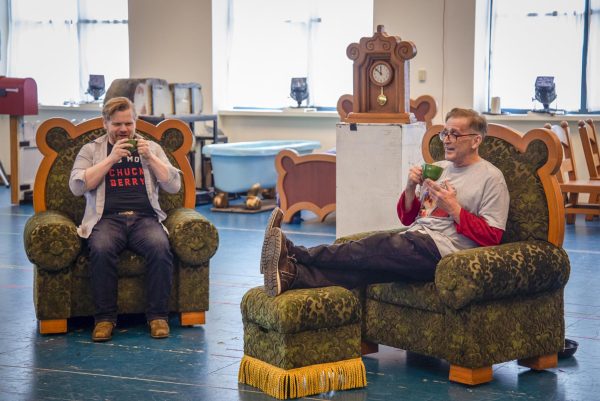
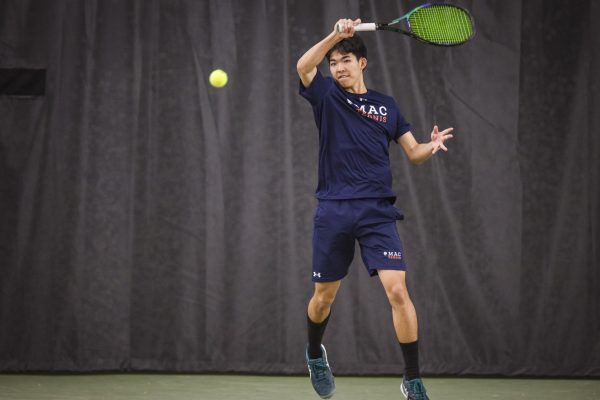





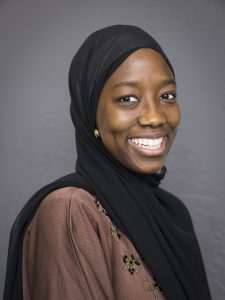

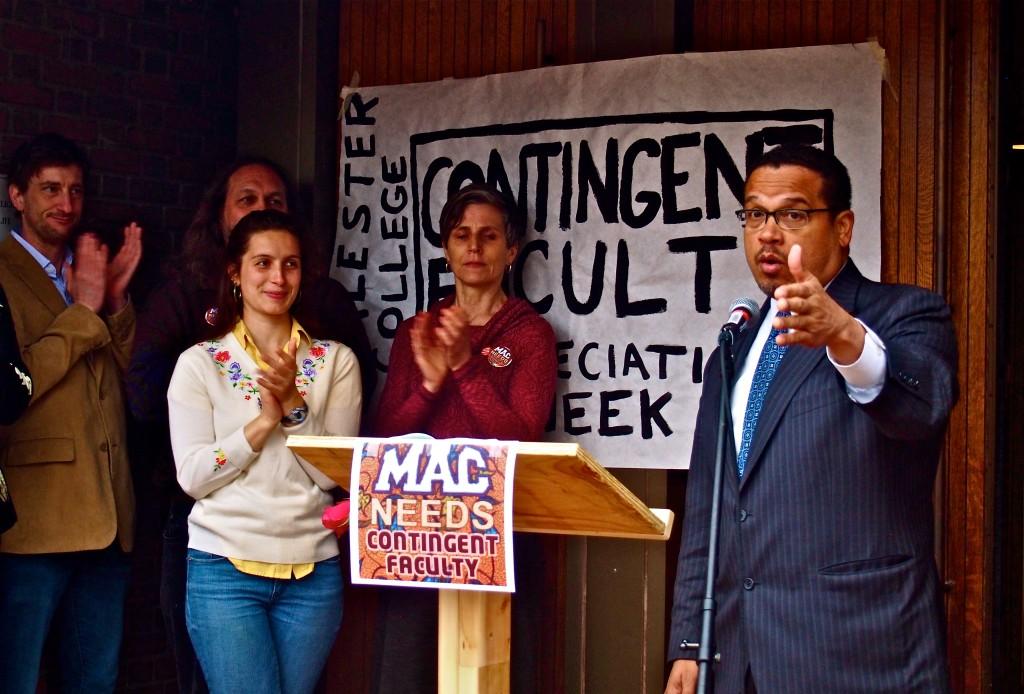
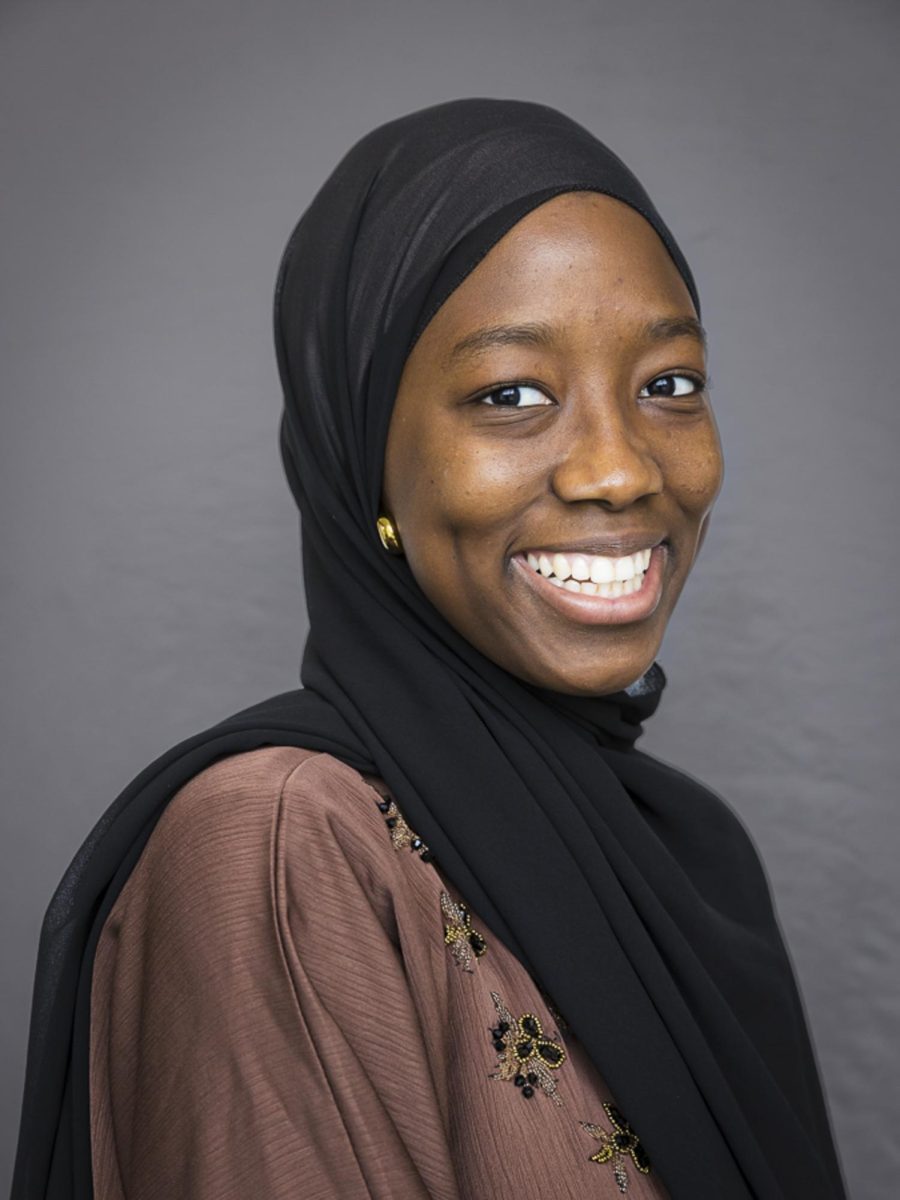
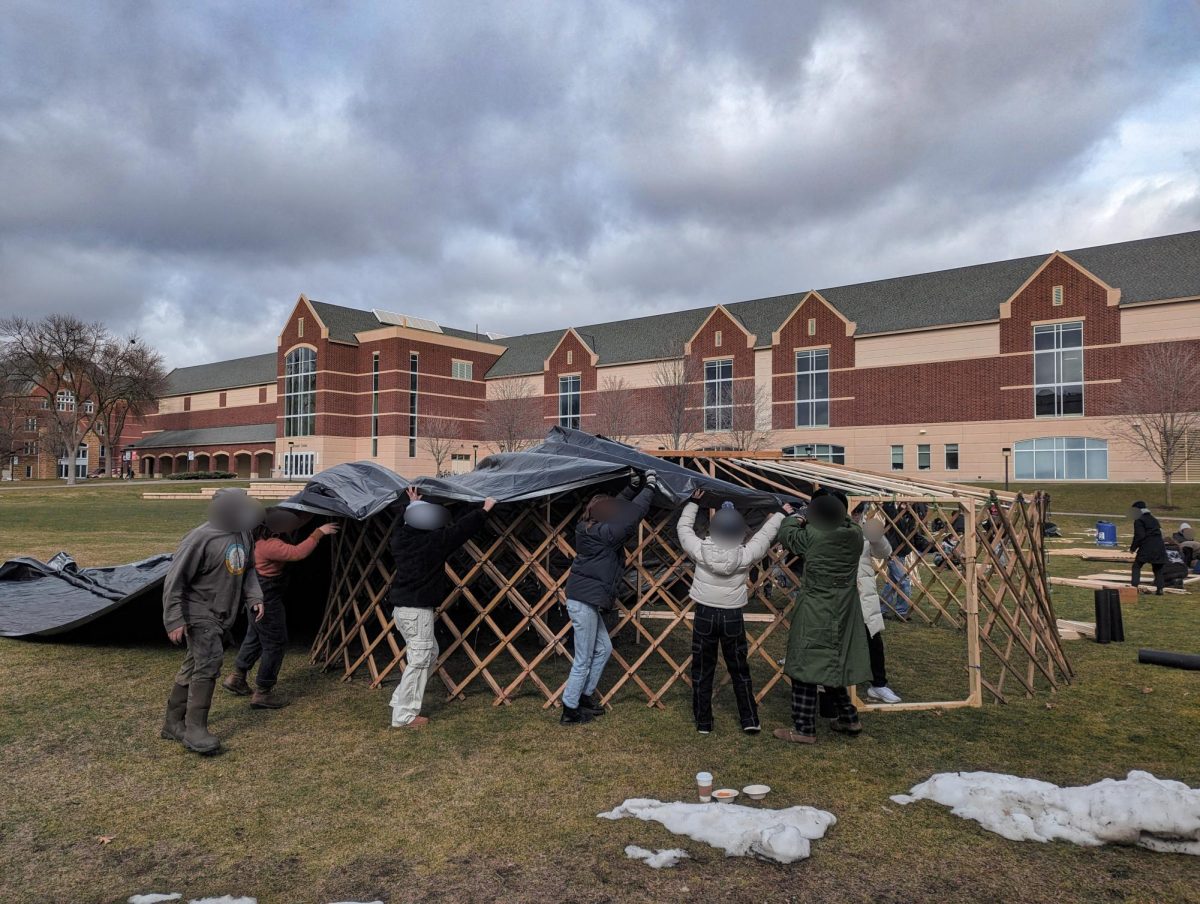
Lisa Mackay • Sep 11, 2019 at 8:55 pm
This actually answered my problem, thank you!
Hannah Gray • Sep 10, 2019 at 2:41 pm
Hi, I also desire to share my opinion at this place, when i donít know even about a straightforward thing related to PHP, I always go to hunt that from web.
Warren Underwood • Sep 9, 2019 at 9:35 am
I have taken notice that in digital cameras, extraordinary devices help to maintain focus automatically. These sensors of some cameras change in contrast, while others work with a beam involving infra-red (IR) light, particularly in low light. Higher specification cameras oftentimes use a blend of both models and likely have Face Priority AF where the photographic camera can ‘See’ some sort of face while focusing only on that. Thank you for sharing your notions on this site.
Dionna Addleman • Jul 22, 2019 at 11:42 am
Mass parsite http://bit.ly/2W9CVkn